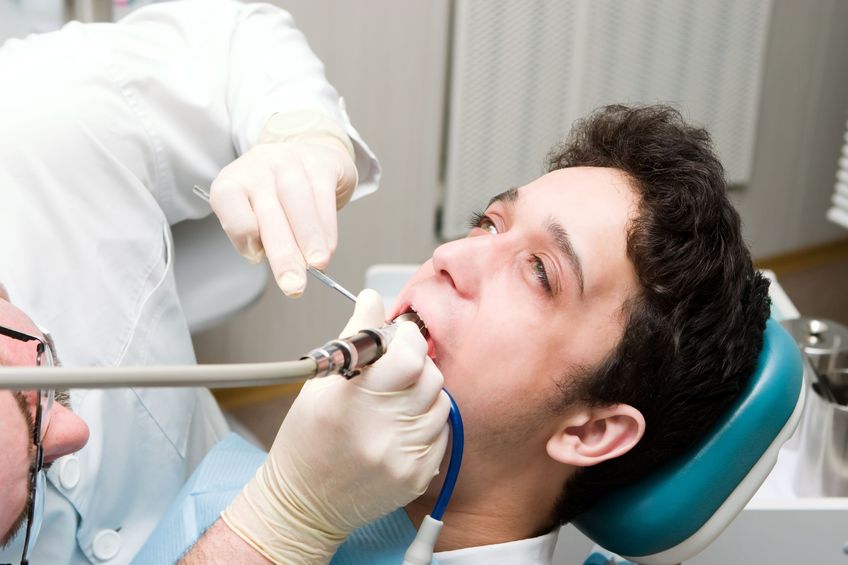Are you afraid to go to the dentist? If so, you are not alone. There are many people who despise the very idea of sitting in a dentist’s chair. These patients are often afraid of the pain they may experience during a dental procedure. In some cases, the fear is so severe that the patient either refuses to go to the dentist at all or experiences physical manifestations of anxiety before and during the procedure. If this sounds like your situation, there may be a solution. If you haven’t heard of, or have yet to take advantage of, sedation dentistry, consider the following benefits you can reap by talking with your dentist.
Relax During Your Procedure
Those who are anxious about going to the dentist may either avoid going altogether or make it difficult for the dentist to complete the procedure when they get there. Sedation dentistry allows the patient to take a medication to relax without falling asleep. While patients will be able to respond to the dentist, many report they don’t even remember what happened during the procedure after it’s over. In some cases, the sedation may even raise your pain threshold.
Complex Dental Procedures
Has your dentist recommended a procedure that needs to be broken up into several visits? This can be a patient’s worst nightmare if they are already anxious about going to the dentist. Fortunately, sedation dentistry can help solve this problem as well. Because you won’t feel pain and will be very relaxed, sedation dentistry can allow your dentist to work longer. This means they may be able to complete complex, multi-day procedures in just one appointment.
Being fearful of the dentist is normal, but there is something you can do about it. If you’ve been avoiding the dentist’s chair because of the anxious feelings you get when you think about your upcoming appointment, it may be beneficial for you to relax with oral sedation dentistry. In the end, you may find that it not only brings about a change in your relationship with the dentist, but can also help you improve your oral health. Click here for more information.


